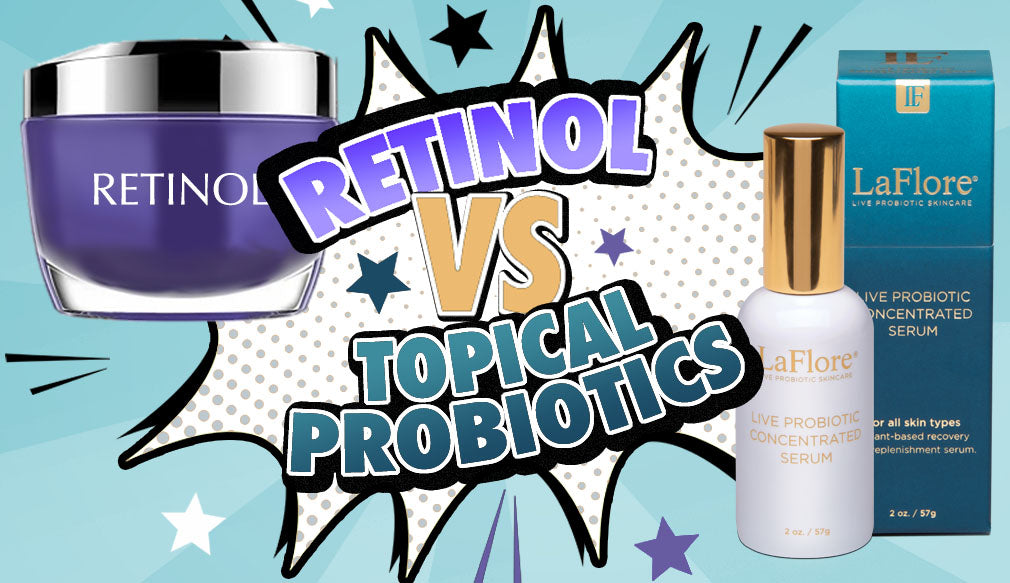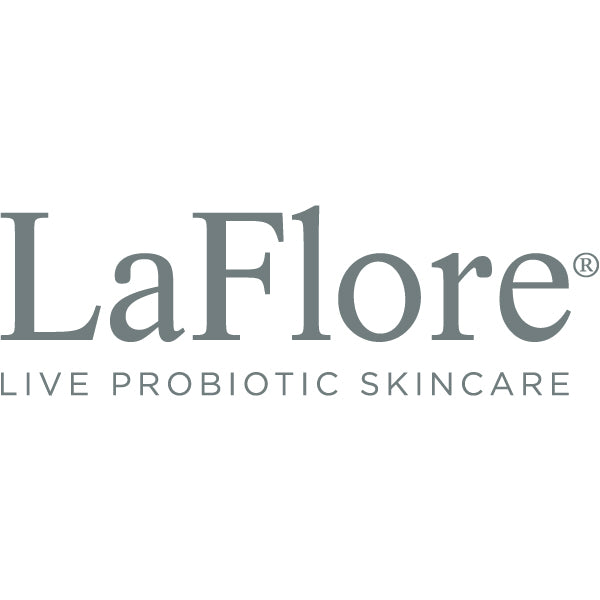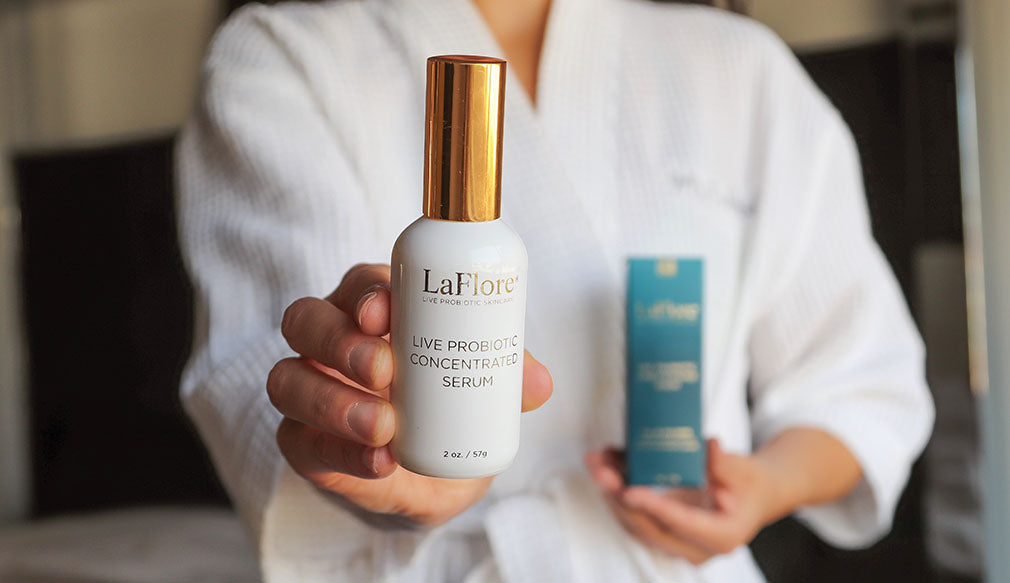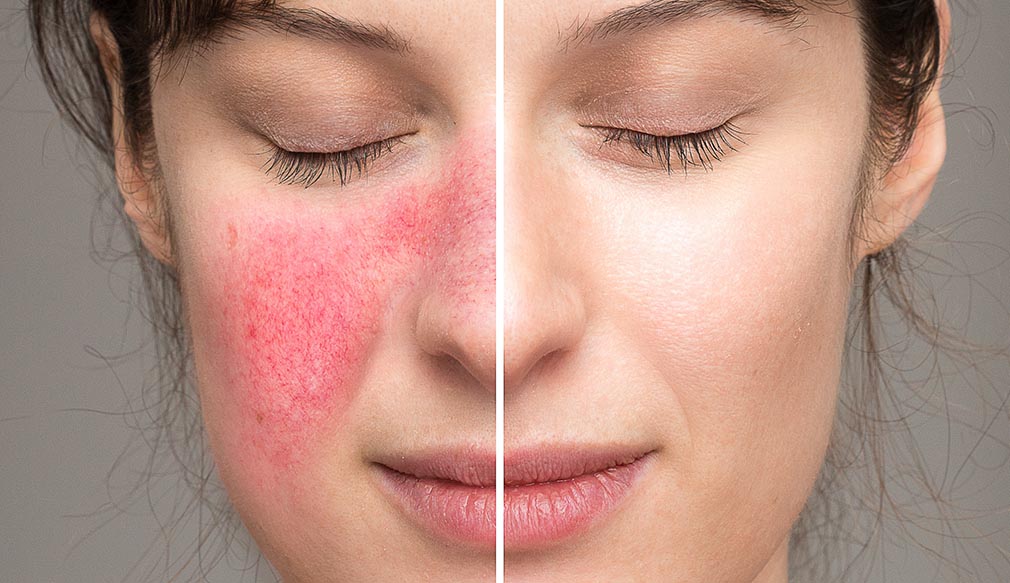
Topical Probiotics vs. Retinol Sandwiching

Topical Probiotics vs. Retinol Sandwiching
Retinol is one of the most advertised and used products on the market. It comes in so many different formulations and strengths. But why is it so widely used and marketed? What makes it so incredible?
The answer is in the claims, it is said to smooth out fine lines and wrinkles, minimize acne breakouts and help with hyperpigmentation. Retinol helps with these conditions because it increases the rate at which your skin cells are renewing. Have you ever noticed how baby skin is absolutely beautiful? It is robust, smooth, and beautifully glowing. This is because up until the teenage years, a child's skin renews itself approximately every 14 days. This means that within a 14-day period, the skin pushes out old, dead skin cells and naturally produces new skin cells.
As we age, this process slows down significantly. It is believed that after the age of 25, the skin's renewal rate can take up to 60 days! This means that dead skin, sebum, and bad bacteria stay for much longer on the skin until the body produces more skin cells, thus pushing the old skin cells out. This increases the appearance of surface texture, and fine lines, and can even cause acneic breakouts. Although retinol can be a great tool for clients, the overuse or even the beginning stages of use can cause some serious irritation. Irritation may include redness, peeling, flaking, a tight/pulling sensation, or even sensitized skin which are signs of an unhealthy skin microbiome.
One trend that is concerning is retinol sandwiching. Retinol sandwiching is the process in which the active ingredient in the routine would be sandwiched between 2 non-active products to decrease the risk of any irritation. An example of this skincare routine would begin with cleansing and toning, followed by a moisturizer, a retinol product, and finished off with another moisturizer. Now this may seem to make sense since the retinol would be cradled between a layer of moisturizer on each side. Although it may decrease the irritation associated with retinol it can also decrease the effectiveness. In this process, the moisturizer as a first layer, acts as an occlusive to the retinol applied on top. The active properties are unable to pass through the moisturizing barrier that was placed on the skin. Most moisturizing ingredients carry a larger molecular structure and retinol has a smaller molecular structure. In return, the retinol sandwich that was applied is pretty close to being ineffective.
It is obvious that cellular turnover is important for achieving desired skin results whether it is smoothing fine lines or improving skin texture, however, there are better less abrasive options available than the use of retinoids. The LaFlore® Live Probiotic Concentrated Serum contains active and LIVE probiotics that work with the skin microbiome to produce metabolites like vitamin A, which is another name for retinol. Best part…since the Vitamin A is being produced on your skin it makes it more effective and reduces the risk of irritation! These metabolites produced by the LIVE bacteria help to balance beneficial and harmful bacteria on the surface of the skin, improve texture, reduce breakouts, and minimize fine lines and wrinkles. When approaching the skin with artificial retinols, it does the work that the skin should naturally do, thus silencing the skin's natural response to any environmental factor. Adding LIVE probiotics is basically like adding workers to your workforce (aka your skin microbiome). When combined with LaFlore’s Enzymatic Cleanser and Daily Defense Moisturizer, the trio works as a team, placing prebiotics on the skin to feed and nourish the active beneficial bacteria so that they work at their utmost performance resulting in happy, healthy skin everyday - naturally.






